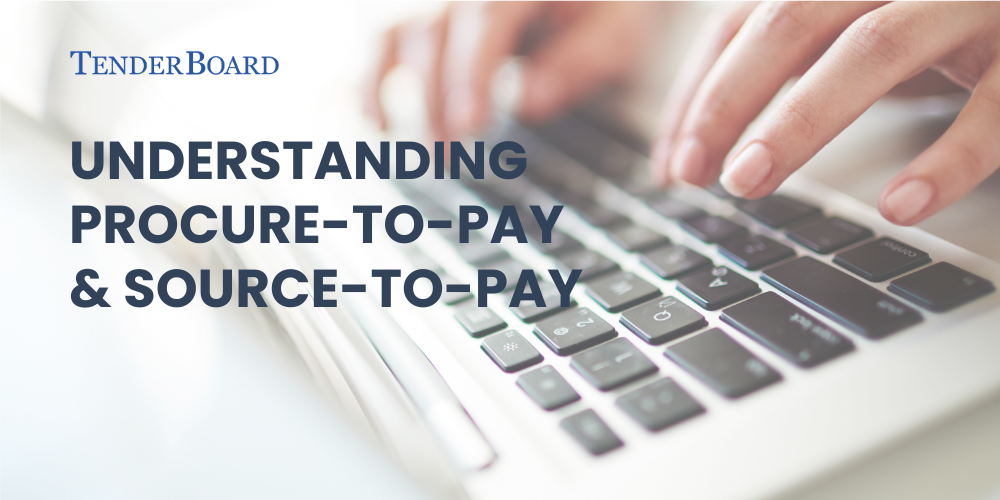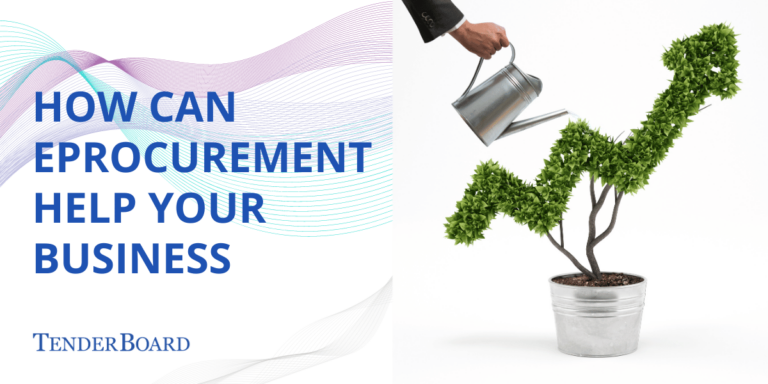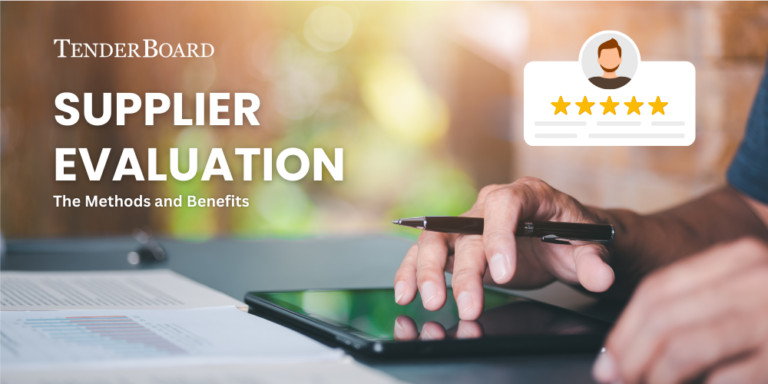An organisation’s procurement strategies play a pivotal role in ensuring operational efficiency, cost savings, and supplier relationship management.
Two procurement processes commonly used are Procure to Pay (P2P) and Source to Pay (S2P). In this article, we’ll examine both of these workflows, their role in the procurement process and why it’s relevant to companies looking to remain competitive.
How does Procure to Pay work?
The P2P process covers the purchase and financial settlement of goods and services, including requisitioning, purchasing, receiving, paying for, and accounting for goods and services. It (P2P) can be broken down into the following steps:
- Requisition: Employees create requests for the goods or services they need.
Approval: The requisition is reviewed and approved by the necessary management or procurement team. - Purchasing: Once approved, a purchase order is created and sent to the supplier.
Receiving: Upon delivery, the goods or services are received and checked against the purchase order. - Invoice processing: The supplier’s invoice is matched with the purchase order and receiving documents to ensure everything is correct.
- Payment: Once the invoice is approved, payment is made to the supplier, typically through an accounts payable system.
- Record keeping: The entire process is recorded and documented for compliance, budgeting, and financial reporting.
How does Source to Pay work?
S2P encompasses sourcing the right suppliers, negotiating terms, contracting, requisitioning, purchasing, receiving, invoice reconciliation, and finally paying for goods and services.
Here’s how the S2P process looks like when divided into individual steps:
- Supplier identification: The organisation identifies potential suppliers through market research and analysis.
- Supplier evaluation and selection: Potential suppliers are evaluated based on criteria like quality, price, and reliability, and the most suitable ones are selected.
- Contract negotiation: Terms, conditions, and pricing are negotiated with the selected suppliers, and contracts are formulated.
All steps after contract negotiation are similar to that of P2P.
What sets these two processes apart is the fact that S2P encompasses the entire sourcing process. This includes supplier identification, evaluation, selection, and ongoing performance management.
Meanwhile, P2P focuses more on the transactional aspects of procurement i.e. requisitioning, purchasing, receiving, and payment.
Why is Sourcing Important?
Given the intricate nature of procurement processes, both P2P and S2P play defining roles in shaping an organisation’s operations. What’s more, it is clear that any successful procurement strategy lies in their sourcing.
Whether it’s about buying things step by step or the entire Source-to-Pay process, getting the right suppliers at the start sets the path for everything that follows.
New Product Development: When a company is looking to launch a new product or service, identifying the right suppliers is essential. Quality, timeliness and cost-effectiveness of the final product often hinge on this initial step.
Entering New Markets: Breaking into a fresh market or region? Sourcing becomes your guide. Local suppliers, understanding cultural nuances, and compliance with regional regulations are crucial factors. The right sourcing strategy ensures that businesses are not only compliant but also competitive.
Cost-saving Initiatives: Companies aiming to cut down operational costs and enhance profit margins should revisit their sourcing strategies. By renegotiating contracts, exploring alternative suppliers, or even adjusting quality parameters, significant cost reductions can be achieved.
Supply Chain Disruptions: In times of unexpected disruptions like natural calamities, political unrest, or even global pandemics, a robust sourcing process acts as a safety net. It enables organisations to quickly pivot and find alternative suppliers, ensuring business continuity.
Sustainability and Ethical Procurement: Modern consumers and stakeholders value sustainability and ethics. Businesses looking to promote green and ethical practices should prioritise sourcing from suppliers who align with these values.
What is Strategic Sourcing?
Strategic sourcing is a systematic approach to procurement that focuses on obtaining the best possible value from suppliers. Besides price negotiation, it also accounts for factors such as quality, reliability, efficiency, and alignment with overall business goals.
For all of this to be possible, a business will need to invest in the right eprocurement software.
TenderBoard eProcurement Solution
TenderBoard offers eprocurement software that allows organisations to integrate strategic sourcing into their workflows. It does this by providing them with a centralised platform to manage all aspects of sourcing ranging from supplier evaluation to contract negotiation.
Besides strategic sourcing, TenderBoard’s user centric design ensures flexibility. Our platform’s modular design comes with highly configurable forms and workflows that can fit into any company’s processes
Learn more about TenderBoard’s range of eprocurement solution here.













